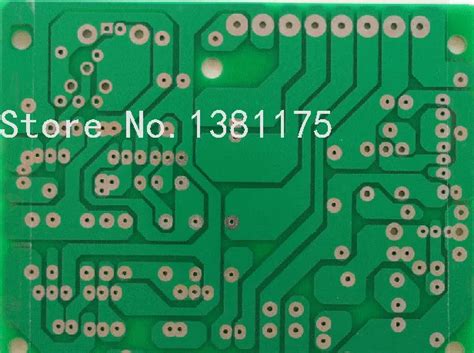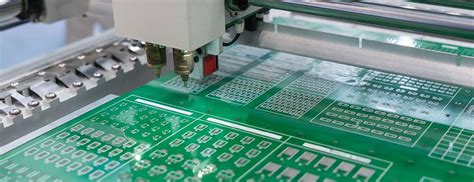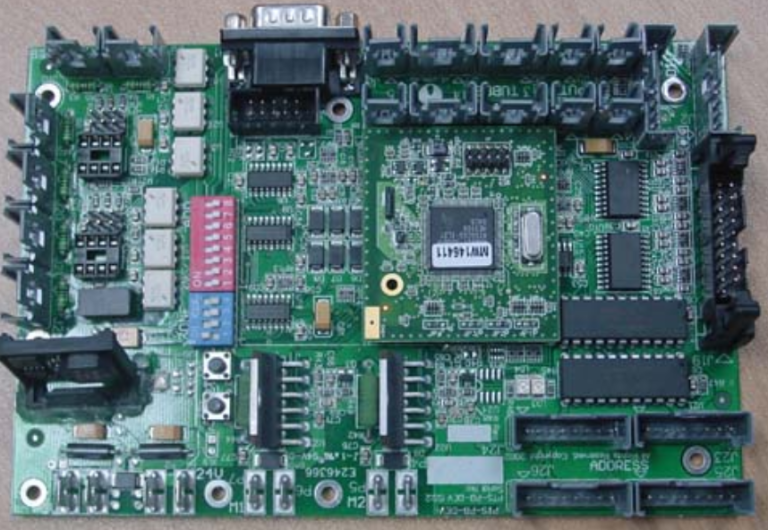What does SMT patch do
SMT patch refers to the patch component in surface mount technology (Surface Mount Technology, referred to as SMT), which is a technology that directly mounts electronic components on the surface of the PCB board. This technology can make electronic products smaller, lighter, more stable, and more efficient, so it has been widely used in modern electronic products.
In SMT patch technology, electronic components are no longer connected to the PCB board through traditional welding methods, but through special adhesives or solder paste and other materials to tightly fit the components on the surface of the PCB board. This bonding method can make electronic components more densely arranged on the PCB board, thereby achieving higher integration and smaller volume.
The application range of SMT patch technology is very wide, including mobile phones, computers, televisions, audio, cameras and other electronic products. With the development of electronic products and people’s increasing requirements for product appearance and performance, SMT patch technology has also been continuously developed and improved.

The advantages of SMT patch technology include:
Small size and light weight: Since electronic components are directly mounted on the surface of the PCB board, the size and weight of the product can be reduced, making it lighter and more portable.
Stable performance: SMT patch technology can make electronic components more closely arranged on the PCB board, reducing the distance between the connection points, thereby reducing the loss and interference in the signal transmission process and improving the performance stability of the product.
High production efficiency: SMT patch technology has a high degree of automation, which can achieve fast and accurate mounting of electronic components, improve production efficiency and reduce production costs.
High-density integration can be achieved: SMT patch technology can make electronic components more densely arranged on the PCB board, thereby achieving higher integration, and providing possibilities for the development of miniaturized and lightweight products.
SMT patch technology can be traced back to the 1960s, when a US company developed an assembly technology called “coordinate positioning”, which can accurately place electronic components according to pre-set positions and angles. This technology was originally used in the military and aviation fields, and was later gradually introduced into the field of civilian electronic products.
With the continuous miniaturization and lightweight of electronic products, SMT patch technology has been widely used and developed. In the 1980s, SMT patch technology gradually matured and became a mainstream electronic manufacturing technology. At the same time, the production of electronic components and PCB boards has also developed in a more refined direction, providing the possibility of achieving higher integration and smaller volume.
With the continuous development of science and technology, SMT patch technology is also constantly improving and improving. At present, SMT patch technology can already achieve high-density, high-precision, and high-speed mounting processing requirements, and the degree of automation is also getting higher and higher, further improving production efficiency and reducing production costs. In addition, the reliability of SMT patch technology is also constantly improving, providing a guarantee for the high performance and high stability of electronic products.
In the future, with the development of emerging technologies such as 5G, Internet of Things, and artificial intelligence, SMT patch technology will further play its advantages and provide more advanced, efficient, and reliable solutions for future electronic product manufacturing. At the same time, the continuous innovation and improvement of SMT patch technology will also promote the development and progress of the entire electronic manufacturing industry.

The current application fields of SMT patch technology are very wide, including but not limited to the following aspects:
Communication equipment: SMT patch technology is widely used in communication equipment such as mobile phones, wireless routers, communication base stations, satellite phones, etc., to realize the assembly of various functional modules, signal processors, RF modules, etc.
Automotive electronics: With the continuous advancement of automotive electronics, the application of SMT patch technology in the field of automotive electronics is becoming more and more extensive, such as car dashboards, driving control systems and airbags.
Industrial control: SMT patch technology has also been widely used in the field of industrial control, such as PLC controllers, robot controllers, industrial monitoring equipment, etc.
Medical equipment: A large number of precision electronic components, such as sensors, microprocessors, batteries, etc., are required in medical equipment. SMT patch technology can improve the performance and reliability of the equipment.
Consumer electronics: Consumer electronics products are the most widely used application fields of SMT patch processing, such as mobile phones, tablets, TVs, audio, etc.
New energy: In the rise of new energy vehicles, SMT patch technology is used in the field of new energy vehicles, such as battery management systems, electric drive systems, on-board chargers, etc.
Aerospace: The military and aerospace fields have high requirements for the quality and reliability of electronic equipment, and SMT patch technology can meet these requirements and provide high-density, high-reliability electronic assembly solutions.
In summary, the application field of SMT patch technology is very wide, and with the continuous development of science and technology, its application field will be further expanded.
In short, SMT patch technology is an important electronic manufacturing technology, which makes electronic products more miniaturized, lightweight, and high-performance, and improves production efficiency and reduces production costs. With the continuous development of science and technology, SMT patch technology will continue to improve and improve, providing more advanced solutions for future electronic product manufacturing.







